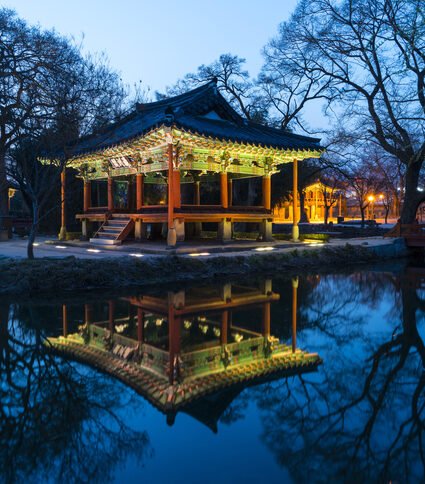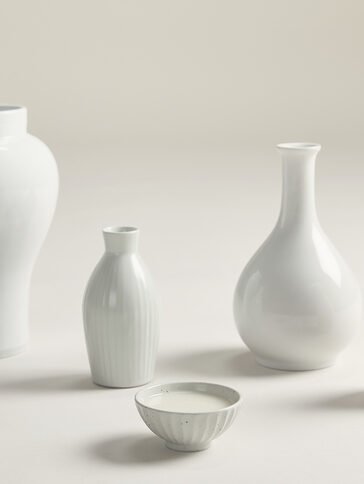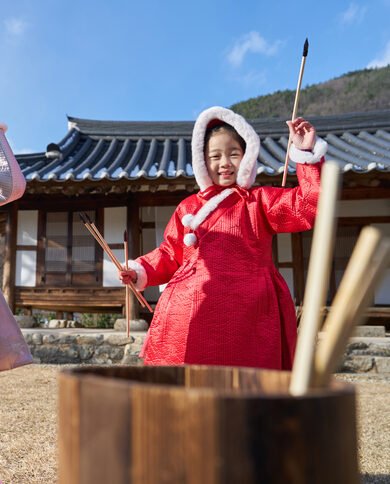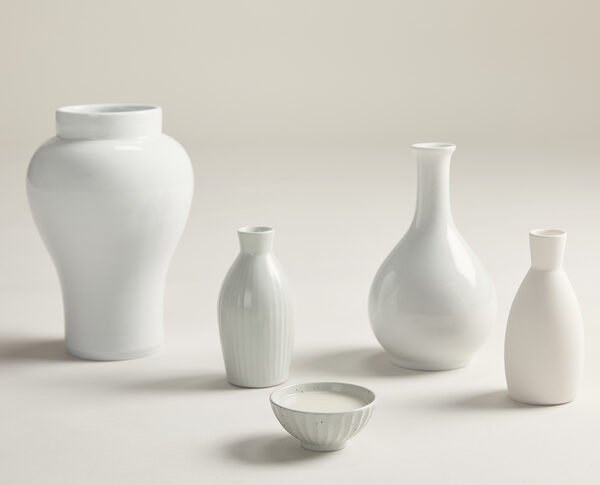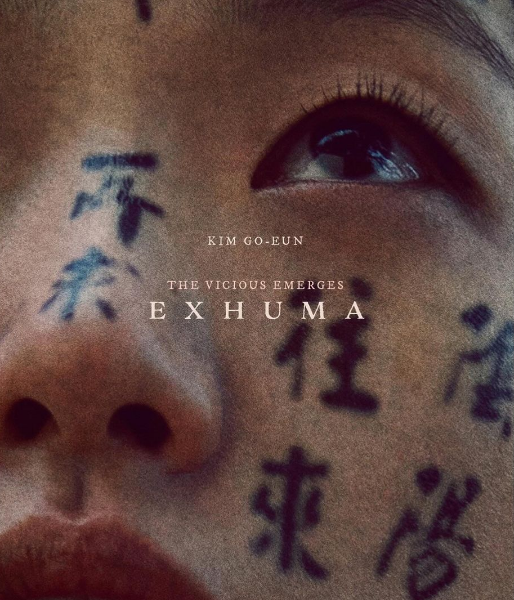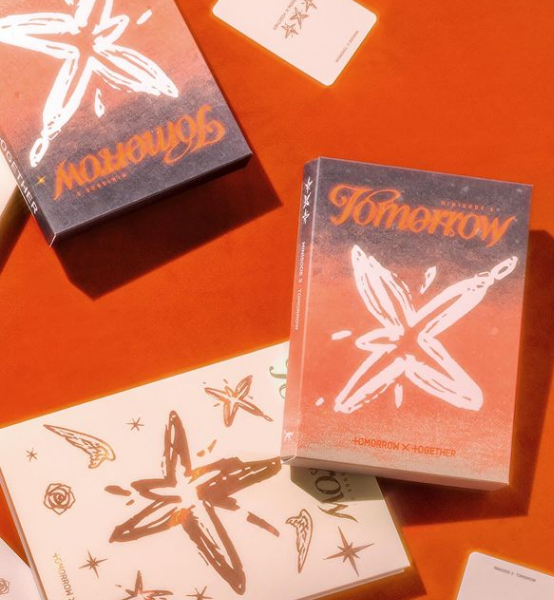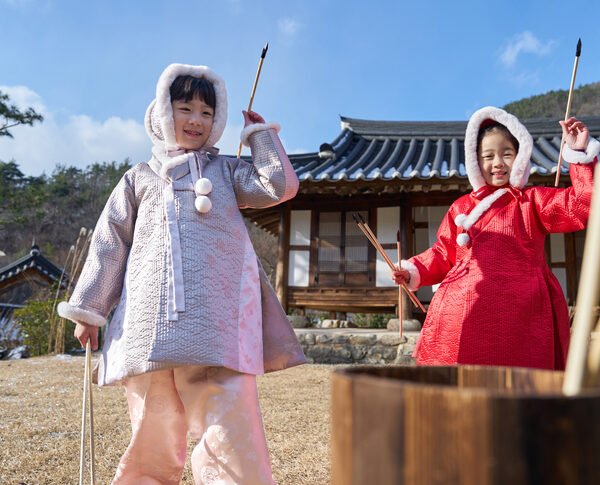Korea’s persimmon festivals, known as “곶감축제” (Ggotgam Chukje), unfold in various regions, each boasting its unique persimmon varieties. Let’s delve into the details of these festivals, celebrating the richness of persimmon culture across the country.
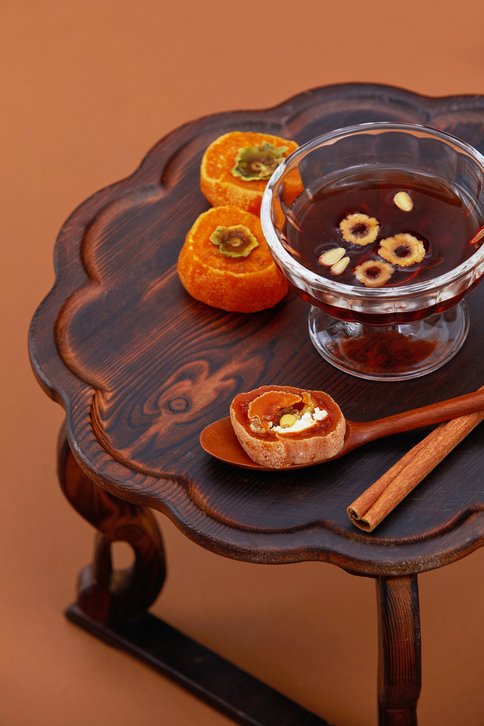
1. 상주곶감축제 (Sangju Persimmon Festival)
- Event Dates: January 12 – 14
- Location: Sangju Persimmon Park
The Sangju Persimmon Festival, held in the renowned persimmon region of Gyeongsangbuk-do, kicks off on January 12th and runs until the 14th. Originally split into the national persimmon festival and the Sangju festival, they unified in 2022. Activities include the reenactment of King Sangju’s persimmon offerings, a fearsome persimmon musical, and a fusion persimmon cooking competition.
2. 영동곶감축제 (Yeongdong Persimmon Festival)
- Event Dates: January 19 – 21
- Location: Yeongdong Hasang Parking Lot
As the largest persimmon producer in Chungcheongbuk-do, Yeongdong hosts its Persimmon Festival from January 19th to 21st. Highlights include a persimmon promotion hall, a market featuring 30 farms, persimmon picking, traditional games, and performances by the national Nangye Folk Orchestra.
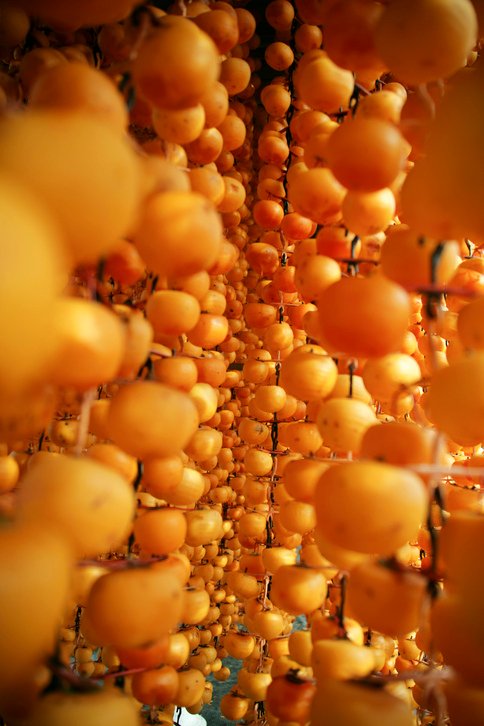
3. 지리산 함양 고종시 곶감 축제 (Hamyang Gojongsi Persimmon Festival)
- Event Dates: January 12 – 14
- Location: Millennium Forest Sangrim
Held in the Millennium Forest Sangrim, the Hamyang Gojongsi Persimmon Festival is one of Gyeongsangnam-do’s prominent winter festivals. From January 12th, attendees can savor various programs, purchase persimmons at reasonable prices, and participate in a surprise auction.
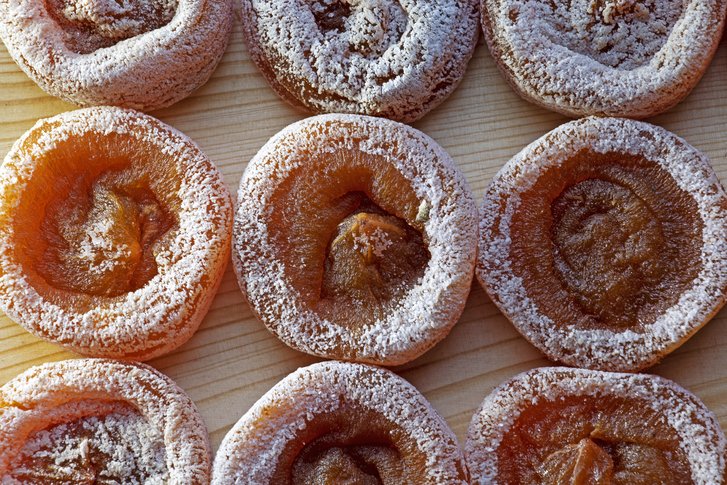
4. 지리산산청곰감축제 (Jirisan Sancheong Persimmon Festival)
- Event Dates: January 11 – 14
- Location: Sacheong Persimmon Distribution Center
Featuring the renowned Jirisan Sacheong persimmon, recognized as Korea’s representative brand for seven consecutive years, this festival offers a unique donut-shaped persimmon. Running from January 11th to 14th, the event provides a chance to taste and purchase these special persimmons.
5. 함안곶감축제 (Haman Persimmon Festival)
- Event Dates: January 12 – 14
- Location: Hanam Sports Center
Concluding our journey is the Haman Persimmon Festival, highlighting the unique Sushi persimmon known for its low seed count and high sweetness. Taking place from January 12th to 14th, the festival includes performances by popular artists, free experiences like making persimmon trees, persimmon food art, face painting, and more.
Korean persimmons(곶감)
Korean persimmons, locally known as “곶감” (Ggotgam), are a cherished fruit with a rich history deeply embedded in Korean culture. These vibrant, orange-hued fruits belong to the Diospyros genus and are widely cultivated throughout the country, particularly in regions like Gyeongsangbuk-do and Chungcheongbuk-do.
There are several varieties of persimmons grown in Korea, each with its unique flavor profile and texture. One of the most popular types is the “Fuyu” persimmon, known for its sweet taste, crisp texture, and versatility in both raw and cooked dishes. Another noteworthy variety is the “Daejo,” a larger persimmon often used for drying, creating the dried persimmon delicacy called “gotgam-mari.”
The harvesting season for Korean persimmons typically falls in the autumn months, and these fruits play a significant role in Korean cuisine and festivals during the winter season. The festivals not only celebrate the harvest but also showcase the cultural significance of persimmons through various events and activities.
Persimmons are not only enjoyed fresh but also find their way into traditional Korean recipes. From persimmon salads to dried persimmon snacks, the fruit’s versatility in the kitchen is truly remarkable. Additionally, persimmons hold symbolic importance in Korean customs, often associated with good fortune and prosperity.
Whether you’re biting into a crisp, fresh persimmon or savoring the unique taste of dried persimmon treats, experiencing the flavors of Korean persimmons is a delightful journey into the country’s agricultural and culinary heritage.
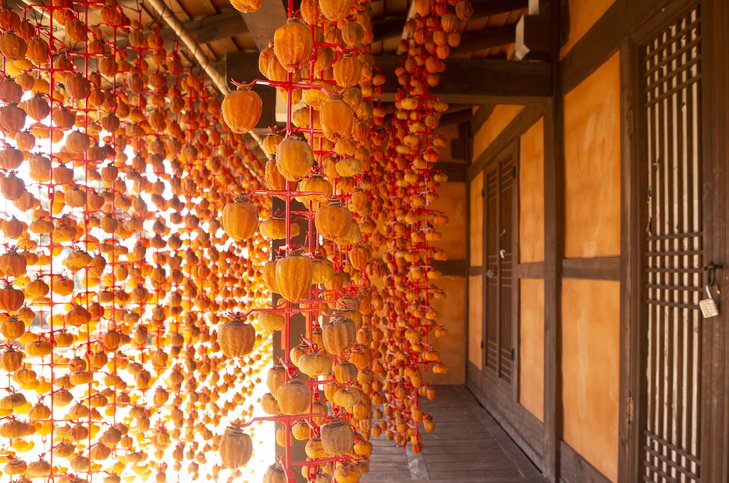
Conclusion
Embark on a persimmon-filled adventure across Korea by attending these festivals. Each event promises a unique experience, from cultural reenactments to delicious persimmon-infused dishes, making them a must-visit during the winter season.
Frequently Asked Questions
- Q: How do I get access to these festivals?
- A: Simply check the respective festival websites for information on ticketing and directions.
- Q: Are the persimmons at these festivals available for purchase?
- A: Yes, most festivals have dedicated areas for purchasing fresh persimmons and related products.
- Q: Can I participate in the persimmon cooking competitions?
- A: Some festivals allow visitors to join cooking competitions; check the specific festival details for participation criteria.
- Q: Are there accommodations near the festival venues?
- A: Yes, many festivals have nearby accommodations for visitors. It’s recommended to book in advance.
- Q: What other attractions are there besides persimmons?
- A: Festivals often include various cultural performances, games, and local arts and crafts booths for a holistic experience.

